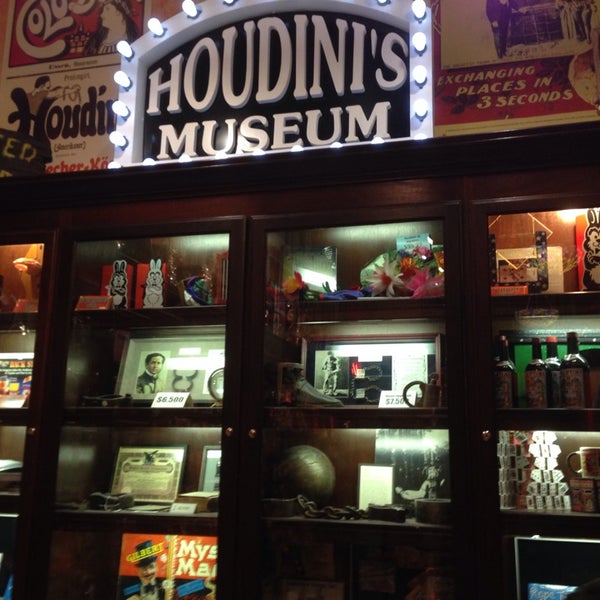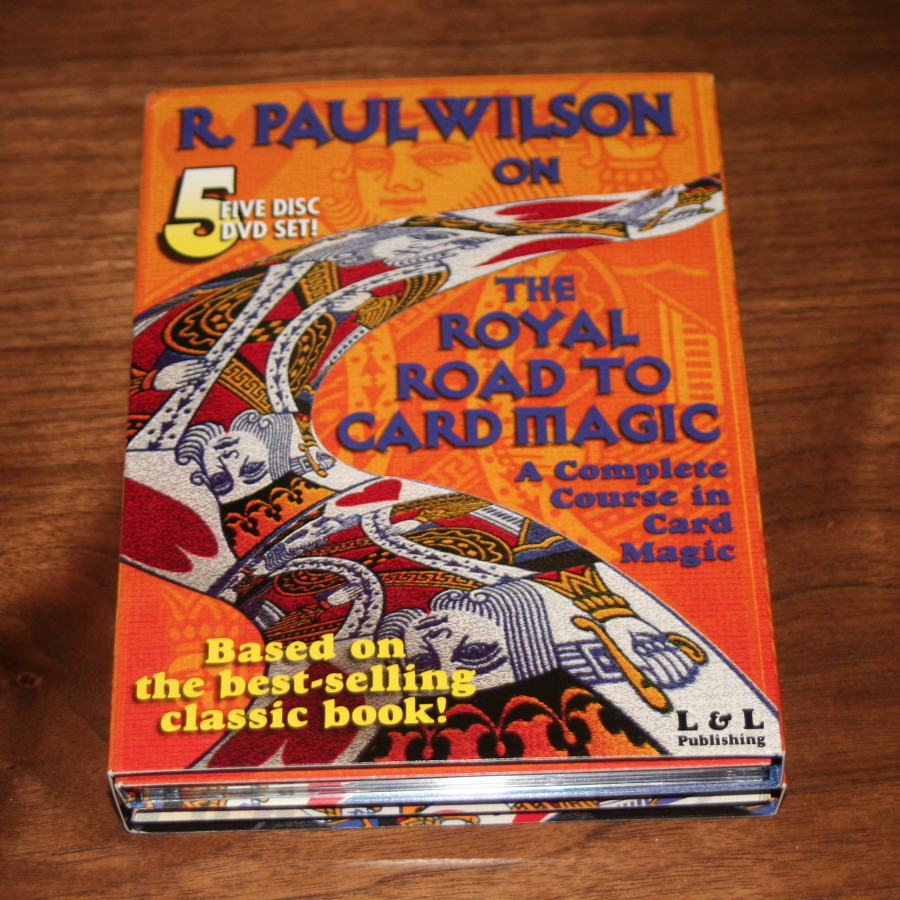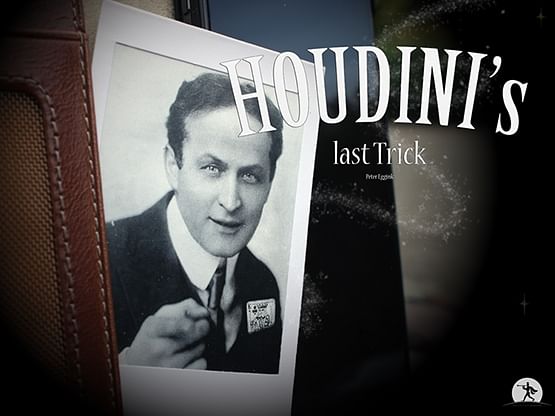



Though he loves to perform, he is extremely selective about venues and audiences. For the past several years, he has devoted his energies mainly to scholarship and to acting in and consulting on motion pictures. He is the author of dozens of scholarly articles and also of two diverting and richly informative books, “Cards as Weapons” (1977) and “Learned Pigs & Fireproof Women” (1986). Jay’s collection functions as a working research library. He has a skeptically friendly, mildly ironic conversational manner and a droll, filigreed prose style. Though I had no idea what was in store, I anticipated being completely fooled.Īt that point, I had known Jay for two years, during which we had discussed his theories of magic, his relationships with and opinions of other practitioners of the art, his rigid opposition to public revelations of the techniques of magic, and his relentless passion for collecting rare books and manuscripts, art, and other artifacts connected to the history of magic, gambling, unusual entertainments, and frauds and confidence games. He hemmed and hawed and then, reluctantly, consented. Nevertheless, because he happened to be in New York we had made a date to get together, and I, invoking a journalistic imperative, had specifically requested that he come by my office and do some magic while I took notes. The most uplifting magic, Jay believes, has a spontaneous, improvisational vigor. He wore a dark-gray suit and a black shirt that was open at the collar, and the colors seemed to match his mood. One morning last December, a few days before Christmas, Jay came to see me in my office. Mort discovered, curled inside the neck, the three of hearts.


 0 kommentar(er)
0 kommentar(er)
